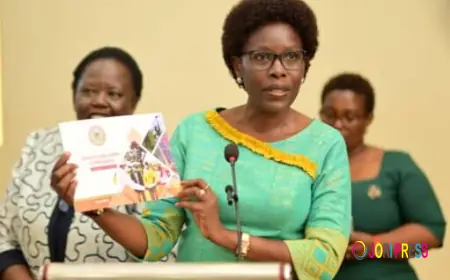The Future of Dubbing in 2025 and Beyond
With content being consumed globally at record level, the need for top-tier dubbing is at an all-time high—and is only going to grow in 2025 and beyond. As streaming services continue to grow into new territories and people desire culturally-relatable viewing experiences, the art of dubbing is changing fast to keep pace with emerging tech and end user needs. But what lies ahead for this vital aspect of the localization industry?
There is one significant trend that will help determine the evolution of dubbing and that is AI based voice technology. Synthetic voices and speech cloning have improved to the point that production houses can now replicate human-like performances with much greater speed and for far less. While they won’t replace human actors altogether — at least when it comes to emotional, dramatic roles — they are making it more feasible to dub in everything from educational videos and corporate training clips to news content.
The other key change is the move toward hyper-localization. Word-for-word translation of content is no longer adequate. Audiences want localized voiceovers, not just in dialect and slang, but about all of a culture. Which is to say voice actors and dubbing directors have to rise above the page to an extent when it comes to regional flavor, helping to guarantee that characters sound like real people that can be understood in any language.
More collaborative multilingual content production is also emerging. Producers are bringing in experts dubbing services experts early in the creative process. By baking in localization into their projects from the get-go, creators can also save on expensive reworks and provide fans worldwide with content that feels more authentic to their region.” Real-Time Lip Sync Lip and mouth synchronization is essential for a good animation in animation and game development, and this is where the integrated solution really shines.
This is also in an environment in which remote dubbing has become commonplace, and as have cloud-based workflows. Years after the pandemic, many voice artists still work from comfortable home setups with professional-quality gear. This has opened up the talent pool in a novel way, giving casting directors the opportunity to tap into global voices with no geographic boundaries.
Ethical and inclusive work is also being spotlighted. 2- Authenticity This relates to the “Eastern” and “Western” take; There is a growing demand for authentic representation -meaning that the voice actors should be of a cultural or linguistic background the character they are voice acting for. It is a change, they argue, that is contributing to making the business more diverse and performances more authentic.
Conclusion :
the future of dubbing is interactive, technology-based and culturally relative. The more audience expectations change, the more voice localization tactics need to change. By way of greater AI, international cooperation, or diverse casting, dubbing will remain central to bridging stories with audiences across the globe in 2025 and long after.
What's Your Reaction?
 Like
0
Like
0
 Dislike
0
Dislike
0
 Love
0
Love
0
 Funny
0
Funny
0
 Angry
0
Angry
0
 Sad
0
Sad
0
 Wow
0
Wow
0

















































